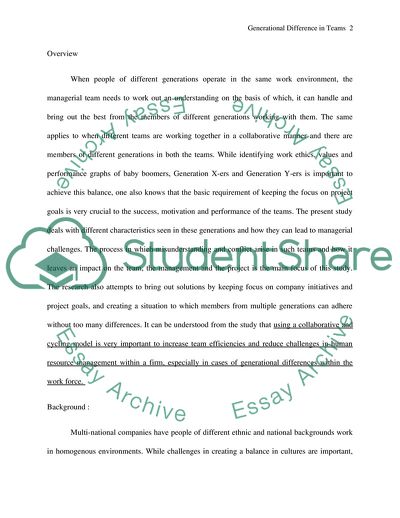Cite this document
(Generational differences and teams Research Paper, n.d.)
Generational differences and teams Research Paper. https://studentshare.org/human-resources/1863318-generational-differences-and-teams
Generational differences and teams Research Paper. https://studentshare.org/human-resources/1863318-generational-differences-and-teams
(Generational Differences and Teams Research Paper)
Generational Differences and Teams Research Paper. https://studentshare.org/human-resources/1863318-generational-differences-and-teams.
Generational Differences and Teams Research Paper. https://studentshare.org/human-resources/1863318-generational-differences-and-teams.
“Generational Differences and Teams Research Paper”. https://studentshare.org/human-resources/1863318-generational-differences-and-teams.


